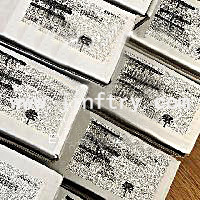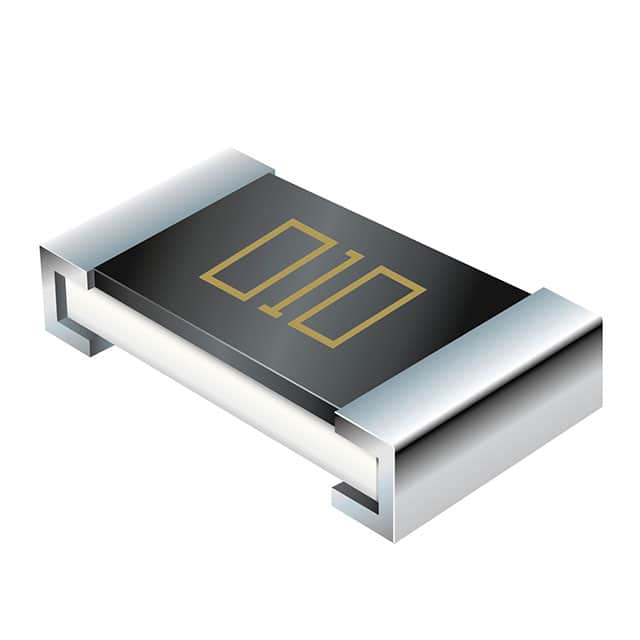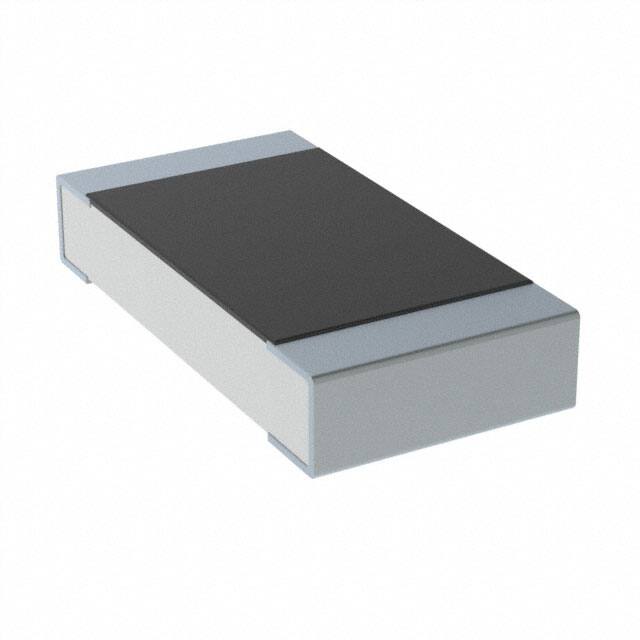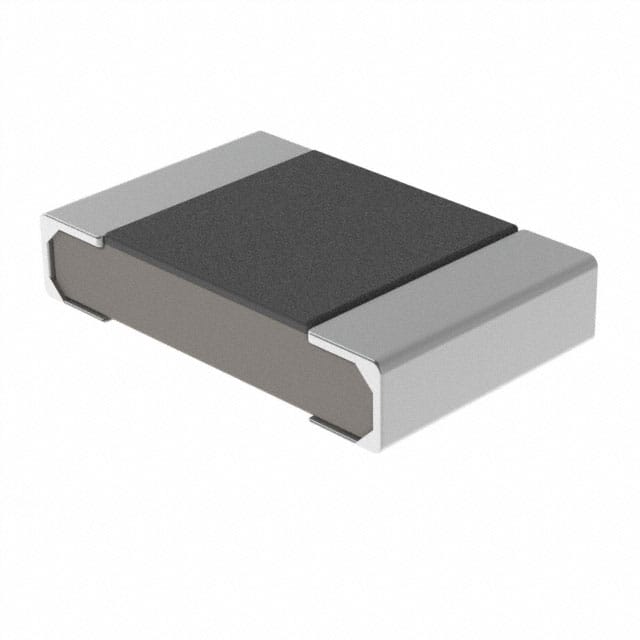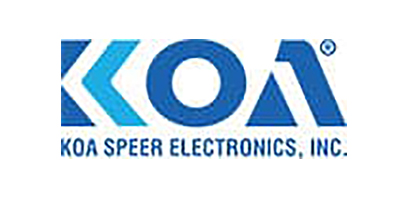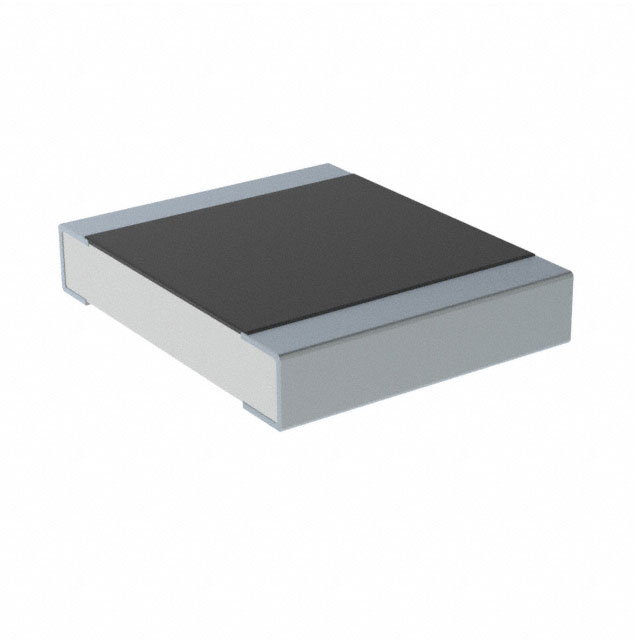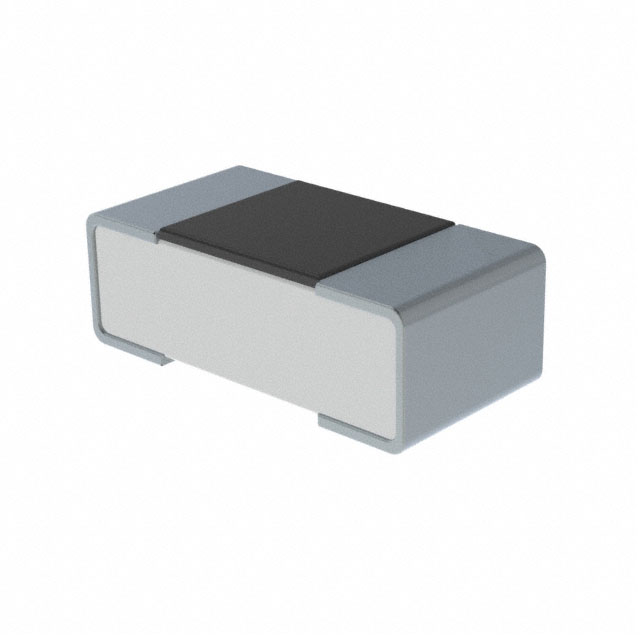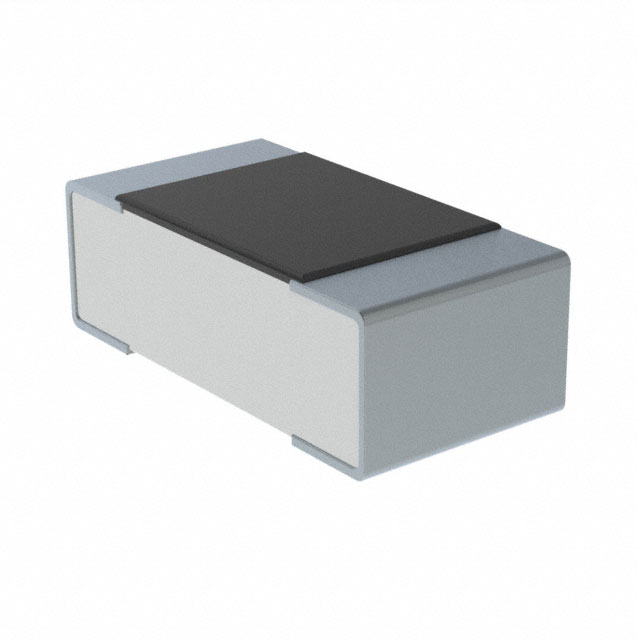HV732BTTD5103F Product Introduction:
KOA Speer Electronics, Inc. Part Number HV732BTTD5103F(Chip Resistor - Surface Mount), developed and manufactured by KOA Speer Electronics, Inc., distributed globally by Jinftry. We distribute various electronic components from world-renowned brands and provide one-stop services, making us a trusted global electronic component distributor.
HV732BTTD5103F is one of the part numbers distributed by Jinftry, and you can learn about its specifications/configurations, package/case, Datasheet, and other information here. Electronic components are affected by supply and demand, and prices fluctuate frequently. If you have a demand, please do not hesitate to send us an RFQ or email us immediately sales@jinftry.com Please inquire about the real-time unit price, Data Code, Lead time, payment terms, and any other information you would like to know. We will do our best to provide you with a quotation and reply as soon as possible.
Chip resistance-surface Mount (Chip resistance-surface mount) Surface Mount is an electronic component assembly technology in which the Resistor and other components are directly pasted to the surface of the printed circuit board. There is no need to reserve the pupil for the original, and the electrical connection is realized by brazing, which greatly improves the integration and processing speed of the circuit board. In the circuit, the chip resistor can not only stabilize the current and voltage, prevent excessive current or voltage from causing damage to the chip, but also carry out impedance matching in signal transmission to ensure that the signal is smooth and without loss. In addition, the chip resistance can also filter out the interference signal, improve the anti-interference ability of the system, and ensure the stability and reliability of the circuit. Surface mounting of chip resistance can greatly improve the efficiency of chip resistance.
Application
Chip resistance-surface Mount has a wide range of applications, It is widely used in communication equipment (such as mobile phones, TV sets), computer equipment (motherboard, graphics card), automotive electronics (engine control unit, braking system), industrial control (PLC, sensor) and medical equipment (electrocardiograph, blood pressure monitor) and other fields. Its compact size and high-precision characteristics enable electronic equipment to be further miniaturized and refined to meet the diversified needs of modern science and technology.
FAQ about Chip Resistor - Surface Mount
-
1. How to choose Chip Resistor?
The application of surface mount technology (SMT) has been very common, and the proportion of electronic products assembled by SMT has exceeded 90%. my country began to introduce SMT technology in the 1980s. With the development of small SMT production equipment, the application scope of SMT is further expanding. Aviation, aerospace, instrumentation, machine tools and other fields are also using SMT to produce various small-volume electronic products or components.
In recent years, in addition to electronic product developers using SMT devices to develop new products, maintenance personnel have also begun to repair electronic products assembled by SMT technology in large quantities.
The models of SMT resistors are not uniform, and are set by each manufacturer, and the models are particularly long (consisting of more than a dozen English letters and numbers). If you can correctly propose various parameters and specifications of SMT resistors when purchasing, you can easily purchase (or order) the required resistors.
There are 5 parameters for SMT resistors, namely size, resistance, tolerance, temperature coefficient and packaging.
1. Size series SMT resistor series generally have 7 sizes, represented by two size codes. One size code is a 4-digit EIA (Electronics Industry Association) code, the first two digits and the last two digits represent the length and width of the resistor, in inches. The other is a metric code, also represented by 4 digits, in millimeters. Resistors of different sizes have different power ratings. Table 1 lists the codes and power ratings of these seven resistor sizes.
2. Resistance series The nominal resistance is determined by series. Each series is divided by the tolerance of the resistor (the smaller the tolerance, the more resistance divisions), among which the most commonly used is E-24 (the tolerance of the resistance value is ±5%), as shown in Table 2.
The resistance value is indicated by three digits on the surface of the chip resistor, of which the first and second digits are valid numbers, and the third digit indicates the number of zeros. When there is a decimal point, it is indicated by "R" and occupies one valid digit. The nominal resistance code representation method is shown in Table 3.
3. Tolerance The tolerance of chip resistors (carbon film resistors) has 4 levels, namely F level, ±1%; G level, ±2%; J level, ±5%; K level, ±10%.
4. Temperature coefficient The temperature coefficient of chip resistors has 2 levels, namely W level, ±200ppm/℃; X level, ±100ppm/℃. Only resistors with tolerance level F use level x, and resistors with tolerance levels of other levels are generally level w.
5. There are two main types of packaging: bulk and tape and roll.
The operating temperature range of chip resistors is -55--+125℃, and the maximum operating voltage is related to the size: 0201 is the lowest, 0402 and 0603 are 50V, 0805 is 150V, and other sizes are 200V.
6. The numbers on the surface of the chip resistors are arranged horizontally, and are specified to be represented by three digits, of which the first two are valid digits, and the third is the exponent of 10, in units of ohms. For example: 473 means 47×103=47 kΩ. If the second character on the surface of the resistor used to indicate the resistance value is the letter R, it represents a decimal point, for example: 5R1 means the resistance value is 5.1Ω.
-
2. Working principle of chip fixed resistors
The working principle of chip fixed resistors is based on Ohm's law, that is, the relationship between voltage (V), current (I) and resistance (R) is V=I×R. This resistor is a two-terminal passive component used to implement resistance like a circuit element. The current flowing through the resistor is proportional to the voltage across the resistor. Therefore, this relationship can be simply expressed using Ohm's law. For example, if a 100-ohm resistor is connected across a potential difference of 10 volts, a current of 0.1 amperes flows through the resistor.
Chip fixed resistors, commonly known as chip resistors, are one type of metal glass uranium resistors. It is a resistor made by mixing metal powder and glass uranium powder and printing it on a substrate using screen printing. This resistor is resistant to moisture and high temperature and has a small temperature coefficient. Its manufacturing process includes mixing metal powder and glass uranium powder, and then printing these mixtures on a substrate by screen printing to form the desired resistance value. This design enables chip fixed resistors to work stably in various environments, including humid and high temperature conditions, while maintaining a small temperature coefficient to ensure the stability of the resistance value.
-
3. Resistor digital identification interpretation example
To better understand the interpretation method of chip resistor digital identification, let's look at an example. Assuming that the digital identification on a chip resistor is "1001", what is the resistance value of this resistor? What is the accuracy?
First, we interpret the first three digits "100", indicating that the resistance value is 100 ohms. Next, we look at the last digit "1", which indicates that the tolerance accuracy of the resistor is 1%. Therefore, the resistance of this chip resistor is 100 ohms and the tolerance accuracy is ±1%.
 Lead free / RoHS Compliant
Lead free / RoHS Compliant



